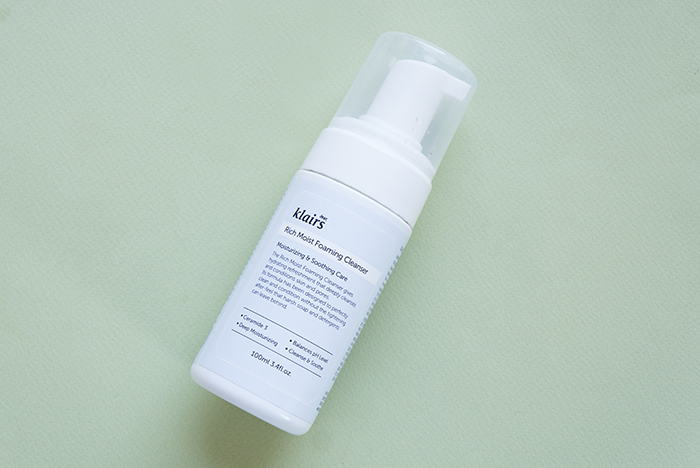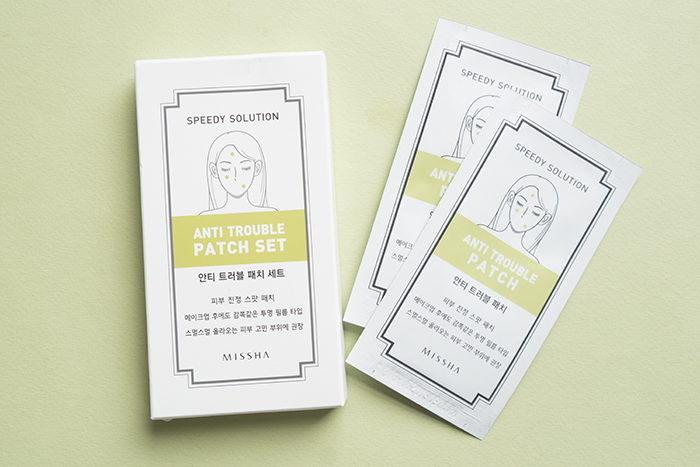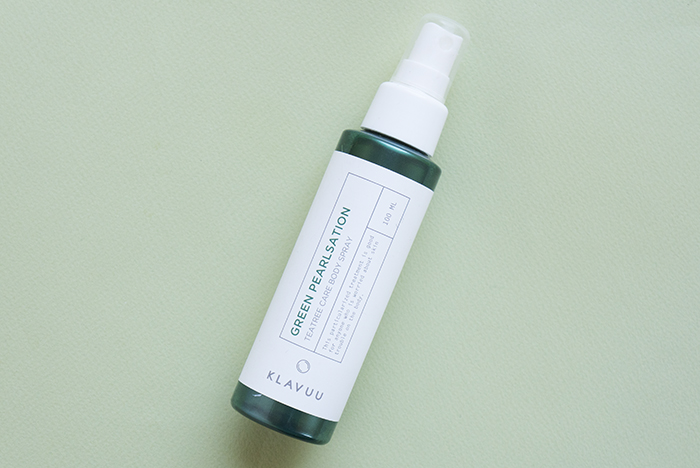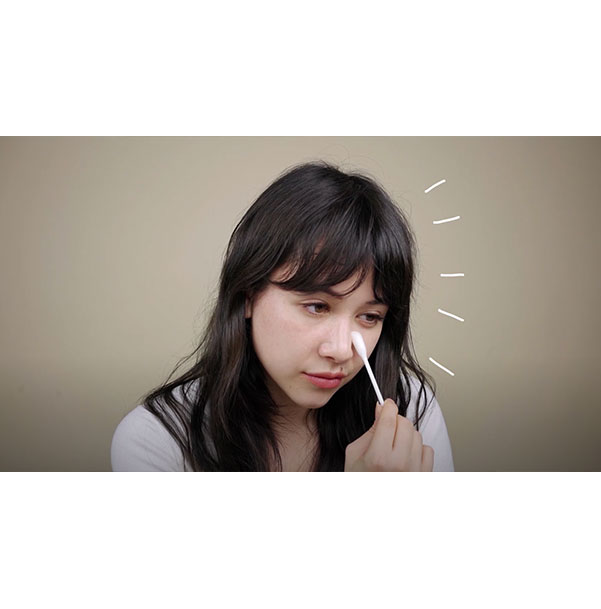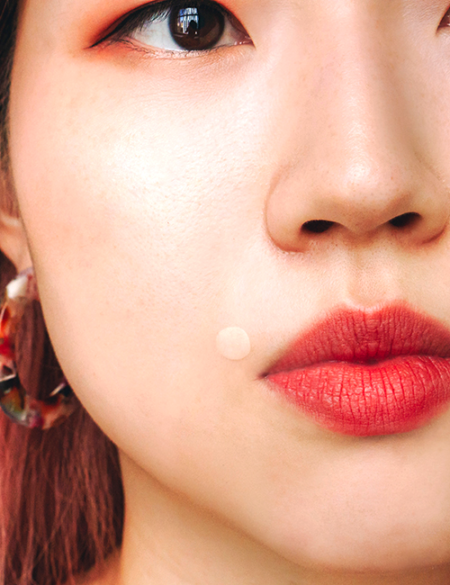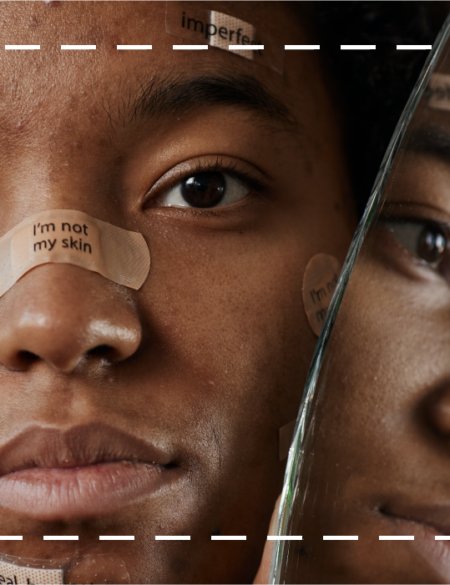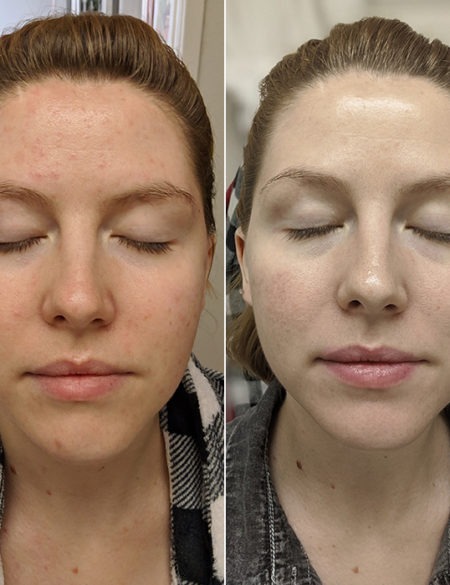Natural and effective, tea tree oil has become a popular treatment for acne. Find out how you can get the most out of this oil for clearer skin!
Tea tree oil is an excellent acne fighter that helps kill blemish-causing bacteria and soothe inflammation. This makes it a superstar ingredient to have in your spot treatment arsenal.
While it’s a great ingredient to use, it takes some trial and error to use it correctly. Using it incorrectly can cause more harm than good, so you want to make sure you’re applying it the right way to achieve its beneficial results.
To help you get the most out of this powerful ingredient, we compiled some tips on how tea tree helps fight acne, as well as the correct way to use it.
What is tea tree oil?
Tea tree oil, also known as melaleuca oil, comes from the leaves of the myrtle tree, Melaleuca alternifolia, which is native to Australia. Joshua Zeichner, the director of cosmetic and clinical research at Mount Sinai Hospital in New York City, says “tea tree oil has both anti-inflammatory and antimicrobial properties, making it useful in treating skin conditions like acne by reducing inflammation and killing acne-causing bacteria.”
This effective multi-purpose acne fighter is actually gentler on skin compared to other harsh acne-fighting ingredients like benzoyl peroxide, so when used properly, it can be an effective spot treatment to help get your acne under control.
How to use it
Tea tree oil can come in many different forms, from pure 100% tea tree oil to simply being one of the main ingredients in acne-fighting skin care products. The one you need to watch out for the most is the pure form. “Pure tea tree oil commonly causes skin irritation,” says Zeichner, which can come in the form of dry, flaky skin. This dryness could potentially cause your skin to overproduce oil, which could lead to more acne.
If you’re planning on using 100% pure tea tree oil, Zeichner suggests “diluting a drop or two into your moisturizer to make a less potent version.” Some people can easily use it as a spot treatment without dilution. However, everyone’s skin is different, and it’s best to use it diluted when you first get it so you can avoid any redness and irritation.
I suggest using a hydrating moisturizer like the Rovectin Lotus Water Cream moisturizer and adding a drop of tea tree oil to it, essentially creating your own spot treatment that’s both effective and nourishing. While it may sound like a good idea to then slather that mixture all over your face, don’t do it! This is meant for spot treatment only.
Product Recommendations
If you want to use tea tree oil as an all over treatment, it’s best to stick with products that contain tea tree oil, like the the Klairs Rich Moist Foaming Cleanser. This is a gentle, low pH cleanser that is packed with acne-fighting tea tree oil and a soothing blend of aloe barbadensis leaf, sodium hyaluronate and ceramides. This unique cleanser uses an amino acid surfactant base instead of a sodium lauryl sulfate one, which makes sure that it won’t dry out your skin and leave it feeling squeaky clean. This is the perfect cleanser for acne-prone skin, as it will soothe and nourish skin and fight breakouts at the same time.
If you want to spot treat but your skin is too sensitive for pure tea tree oil, the Missha Speedy Solution Anti-Trouble Patch would work well for you. These handy clear patches contain tea tree oil and salicylic acid which work to kill the acne at its source while also keeping your breakouts clear from bacteria. The patches are super easy to use, and they work to reduce redness as well as speed up the recovery process, so you can get rid of your acne quicker.
Another great product featuring tea tree oil that will actually work to get rid of body acne is the Klavuu Green Pearsalation Tea Tree Care Body Spray. Tea tree oil comes in a convenient mist form to help treat hard to reach body acne along with salicylic acid. It’s also formulated with pearl and algae extracts to help brighten and soothe those healing spots.
Bottom Line:
Tea tree is one of those amazing ingredients that can really help reduce and treat breakouts. But just like any other ingredient, it can have adverse effects. If you follow these handy tips on how to use it properly, you can save yourself some trouble and instead get all the good benefits that tea tree oil can provide. But if you’re not into the extra hassle, hopefully some of our product recommendations can help you to fall in love with tea tree oil and its benefits.


